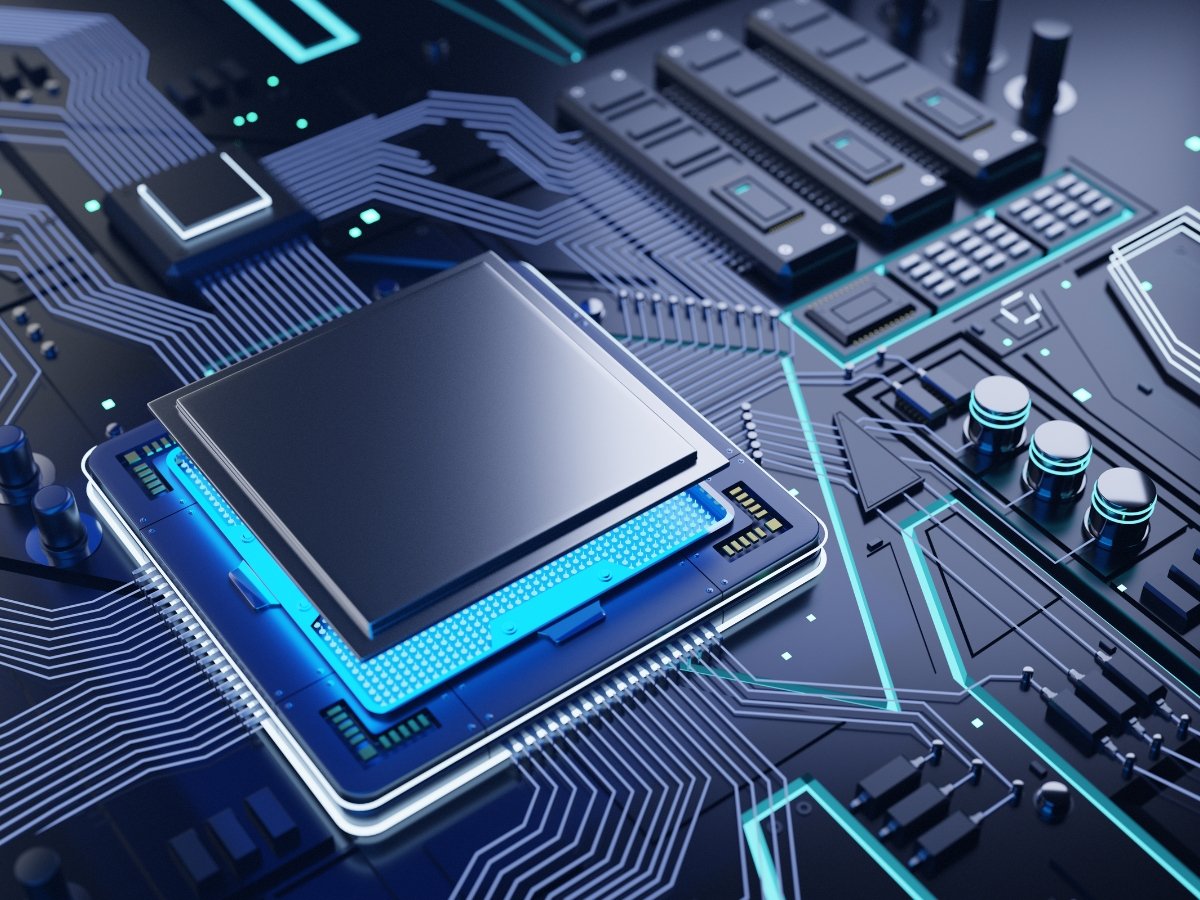If you’re an Embedded Systems engineer wondering how to move into the exciting world of VLSI (Very Large Scale Integration), you’re not alone.
With the semiconductor industry booming, many professionals from Embedded Systems backgrounds are looking to pivot into VLSI roles for better career prospects, higher salaries and global opportunities.
But how can you make this transition smoothly?
This blog will guide you through:
- The overlap between Embedded Systems and VLSI
- Why making this switch is a smart move in 2025
- A step-by-step roadmap for a successful transition
Why Move from Embedded Systems to VLSI?
While Embedded Systems focus on software-hardware integration for specific tasks, VLSI is all about designing and developing integrated circuits (ICs) that power those systems.
Key Reasons to Transition:
- Higher Demand for VLSI Engineers: The global semiconductor talent shortage has created a huge demand for skilled VLSI professionals.
- Better Salary Growth: VLSI engineers often command higher salary packages due to specialized skills.
- Future-Proof Career: With AI chips, EVs, IoT devices and advanced processors, VLSI is at the heart of technological innovation.
- Deeper Technical Roles: If you enjoy working closer to hardware and want to dive into chip-level design, VLSI is the right path.
Skills You Already Have (And How They Help)
As an Embedded Systems engineer, you already possess certain skills that are valuable in VLSI:
| Embedded Systems Skills | Relevance in VLSI |
| Microcontrollers, Digital Electronics | Strong foundation for VLSI logic design |
| C/C++ Programming | Helps in understanding RTL design & verification |
| Hardware-Software Co-Design | Useful in SoC (System-on-Chip) development |
| Real-Time Systems | Relevant for timing analysis in chip design |
| Debugging & Testing | Essential for verification & validation in VLSI |
Your hardware understanding and problem-solving abilities give you an edge in learning VLSI concepts faster.
Roadmap: How to Transition from Embedded Systems to VLSI
1. Understand VLSI Fundamentals
Start with basics like:
- Digital & Analog VLSI Design
- CMOS Technology
- RTL Design, Synthesis and Simulation
- Timing Analysis & Physical Design Concepts
2. Learn VLSI Design Languages & Tools
Get hands-on with:
- Verilog, VHDL (Hardware Description Languages)
- EDA Tools like Cadence, Synopsys, Mentor Graphics
- Scripting (TCL, Perl, Python for automation tasks)
3. Work on Real-World VLSI Projects
Practical experience is crucial. Focus on:
- Mini-projects on RTL design & verification
- FPGA-based design implementations
- Participation in VLSI design contests or internships
4. Enroll in a Specialized VLSI Certification Program
Choose a program that offers:
- Structured learning with industry-relevant curriculum
- Hands-on project experience
- Placement assistance in semiconductor companies
MOSart Labs’ IIT Certified VLSI PG Diploma Program is designed to help professionals like you transition smoothly into VLSI roles with confidence.
5. Build a Strong Portfolio & Network
- Showcase your VLSI projects on platforms like GitHub.
- Connect with semiconductor professionals on LinkedIn.
- Attend webinars, conferences and industry events.
Challenges You Might Face (And How to Overcome Them)
| Challenge | Solution |
| Steep Learning Curve | Opt for guided learning programs with mentor support |
| Lack of EDA Tool Exposure | Practice on simulation tools through courses & labs |
| Switching from Software Mindset | Focus on hardware-oriented problem-solving exercises |
Final Thoughts
Transitioning from Embedded Systems to VLSI is a smart career move in today’s semiconductor-driven world. With the right upskilling, project experience and mentorship, you can make this shift smoothly and position yourself for high-growth opportunities.
At MOSart Labs, we specialize in equipping engineers like you with industry-ready VLSI skills through our IIT Certified VLSI PG Diploma Program.
Ready to switch to VLSI? Explore MOSart Labs’ VLSI PG Diploma Program and start your journey today.



